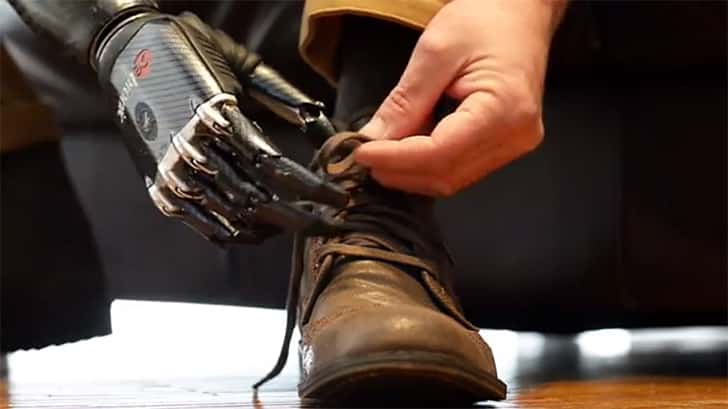The technology of prosthetic limbs that fulfill the lack of any body part, is advancing tremendously. Sense and brain signal are two very important facts for appropriate functioning of prosthetic limbs. However, lately a group of researchers from the University of Chicago and Johns Hopkins University has recreated the sense of touch with direct-to-brain electrical signals.
After performing a series of experiments on rhesus macaques (one type of monkey), researchers found that they were able to send electrical signals directly to the brains those monkeys and the monkeys were able to interpret the signals as touches on different parts of their hands. On the other side, another series of experiments showed that rhesus macaques could interpret different direct-to-brain signals as touches of varying pressure.
As it was quiet impossible for the researchers to know exactly what the monkeys feel when they get electrical buzzes to their brains, so researchers did another experiment to see whether direct-to-brain signals were working quickly or not to accurately tell macaques when a prosthetic is touching something and when it stops the touch. Apparently, researchers found that the signals were moving too slowly to be totally accurate. In fact, researchers found that the monkeys were very much quick to interpret electrical brain stimulation as analogues to physical touches.
It’s also not clear yet whether electrical signals sent to the brain are able to reproduce touches as specific as human or monkey skin is able to feel, but researchers believe such breakthrough could help them and other scientists develop touch-enabled prosthetics that send easily decodable signals to brain. But they’ve to do a lot to show it’s safe and durable. However, researchers have published a report about it in the Proceedings of the National Academy Sciences).
Source: PopSci
[ttjad keyword=”best-selling-gadget”]




